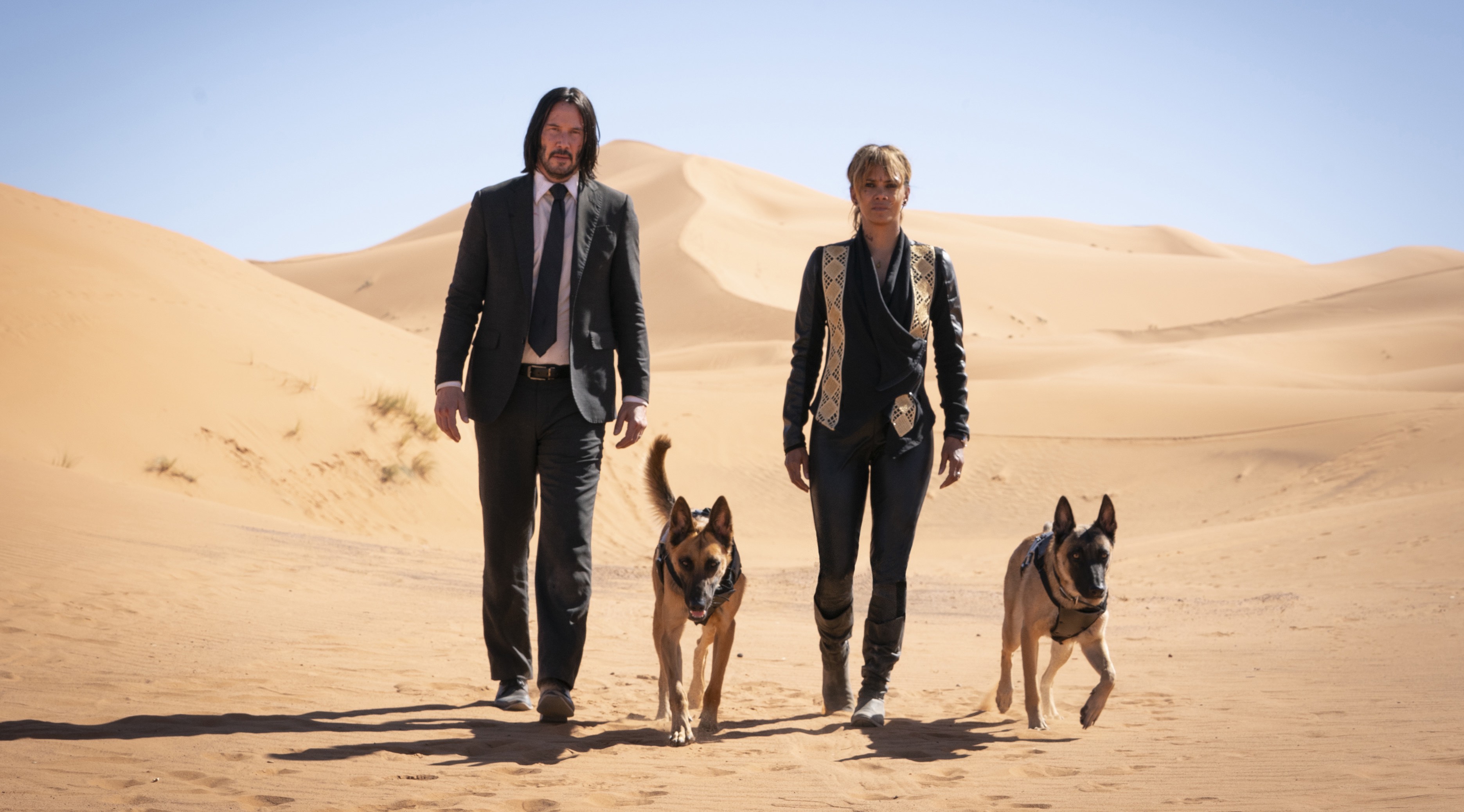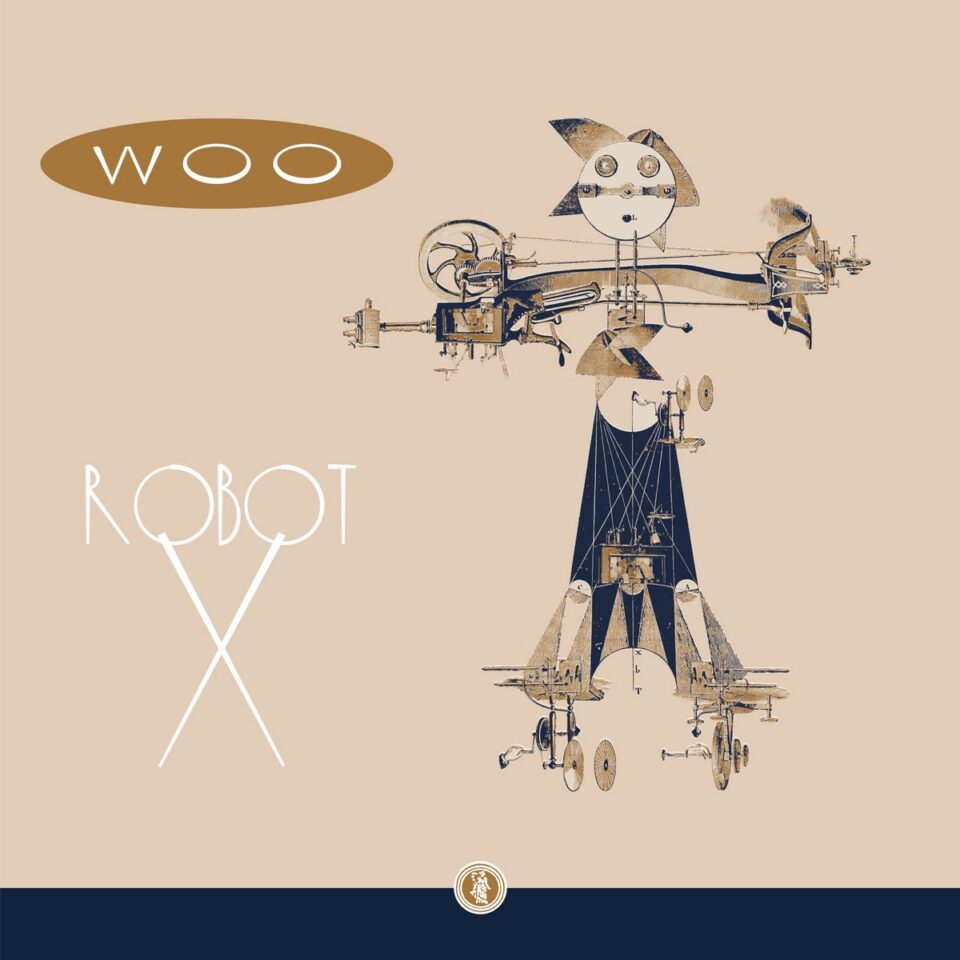After a month in theaters it’s clear that John Wick: Chapter 3 – Parabellum has been as well-received, if not more so, than the franchise’s previous installments. Critics and audiences love it. Without inflation, this movie is the seventeenth biggest R-rated opening ever, achieving unprecedented milestones even among hit films and breakout sequels. According to Forbes, Parabellum had an 86 percent higher opening than John Wick: Chapter 2—which itself had a 111 percent higher opening than the first John Wick. Other threequels traditionally require world-ending stakes to keep bringing audiences in: The Dark Knight Rises, Pirates of the Caribbean: At World’s End, X-Men: The Last Stand, Terminator 3, Revenge of the Sith, and so on. Meanwhile, public interest somehow still hasn’t waned for this stoic hitman who spends two hours killing everybody he comes across. What’s the deal?
In short, John Wick is moving action movies forward. This series delivers on realness like the fictional Continental hotel deals in gold coins, from Keanu Reeves’ substantially rehearsed fight scenes to a sophisticated yet sensible interpretation of contract killers, where characters have titles like “The Adjudicator” and use words like “excommunicado,” all of it revolving around a revenge plot with actual emotional heft. (Damn, they’re gonna kill a puppy?) The John Wick films have always felt like the real deal, which means something in 2019, when many movies just feel like computer-generated noise. It’s no coincidence that much of the same film crew behind Wick—including director Chad Stahelski and, of course, Keanu Reeves and Laurence Fishburne—also worked on The Matrix twenty years ago. Just as The Matrix transformed cinema in the ’90s, the John Wick series is helping transform what audiences care about in action flicks today.
What do you think of when you picture the original Matrix? Martial artistry performed in leather outfits, check. Revolutionary CGI and “bullet time” camera cleverness, yep. Keanu Reeves saying “whoa,” definitely.
But of the movie’s many accomplishments, the biggest is something that people often forget: in 1999, The Matrix actually made computers cool. Strip away fears of machines taking over the world and sticking people in pods; the film’s real message was that the future of computers didn’t rest with baby boomers or some niche audience of hackers. It belonged to young people of the era. Surprisingly, at the time, that notion was a first.
When computers first entered the workplace in the early 1970s, it must have been terrifying. Imagine 2001: A Space Odyssey’s HAL suddenly looming in the corner. But within a decade, machines became a regular fixture in American offices. Cinema was slower to catch up. Countless movies of the 1980s featured characters either using computers to stumble upon unbelievable discoveries through dated “hacking” techniques (Evilspeak, Jumpin’ Jack Flash, Real Genius, TRON, Terminal Entry, Richard Pryor’s oft-imitated fraction-of-a-cent money scheme from Superman III) or encountering first-of-its-kind sentience (Weird Science, The Terminator, Batteries Not Included, Short Circuit). In fact, as the decade wore on and knowledge of technology’s capabilities grew, hacking either grew more realistic and menacing or larger in scope. (The exception is perhaps Matthew Broderick, who went from playing “global thermonuclear war” in 1983’s WarGames to simply changing his number of high school absences in 1986’s Ferris Bueller’s Day Off.)
Strip away fears of machines taking over the world and sticking people in pods; The Matrix’s real message was that the future of computers didn’t rest with baby boomers or some niche audience of hackers. It belonged to young people of the era.
By the ’90s, audiences were over it. All the teenagers had grown up and computers were about as fascinating as fax machines. Now the biggest fears weren’t about machines posing superintelligent or supernatural threats—it was about the threat of becoming a corporate clone. Sandra Bullock is a bored hacker in The Net, Keanu Reeves is tired of being a cybernetic courier in Johnny Mnemonic, and the unnamed narrator of Fight Club is a weary vehicle recall coordinator (“This is your life and it’s ending one minute at a time”). Outside the workplace, technology in film found a new home in horror, with terrifying digital worlds that people plugged into but couldn’t escape. Think TRON, except from hell: The Lawnmower Man, Nirvana, Brainscan, Arcade, The Thirteenth Floor, Virtuosity. (The exception in this decade is Tom Hanks and Meg Ryan using the internet to meet-cute in 1998’s You’ve Got Mail.)
Maybe not surprisingly, many twentysomethings in the ’90s rejected technology and its associated commercialism completely, choosing instead to become embroiled in a counterculture of neo-hippiedom or embracing New Age ideals (and wearing lots of flannel and denim). Computers had become something to either fear or be enslaved by.
Then The Matrix happened. Yes, it’s a mash-up of every dystopian trope going back to Plato’s cave. But for audiences at the end of the ’90s, The Matrix resonated with a different message—namely, that computers may have been invented by past generations, but it’s supposed to be a young person’s playground. The potential of the internet, cellphones, mobile computing, and modern technology as a whole rested with the kids, not the adults—assuming they were willing to pick up the mantle and challenge the status quo. Not as a marginal fringe group, but for the benefit of all humanity.
“They are the gatekeepers. They are guarding all the doors, they are holding all the keys, which means that sooner or later, someone is going to have to fight them,” Morpheus (Fishburne) explains while describing the Matrix bad guys, who are literally white businessmen in suits. “[But] their strength and their speed are still based in a world that is built on rules. Because of that, they will never be as strong or as fast as you can be.”
Well, Gen X took it and ran. Two decades later, technology is dominating the box office. When the first John Wick came out in 2014, action movies had gotten to the point where they relied completely on computers to generate unrealistic, over-the-top scenes (Fast and Furious 6, World War Z, Pacific Rim) or devastation by new technology was the entirety of the plot itself (A Good Day to Die Hard, Iron Man 3, Man of Steel, Elysium, Escape Plan).
This is why everyone was blindsided by George Miller’s awe-inspiring Mad Max: Fury Road in 2015. Audiences had become so hungry for actual action that this unlikely film—which used storyboards instead of a screenplay, offered no tangible backstory to any of the characters or their universe, and had a production described by Charlize Theron as shooting “one big scene for 138 days”—is now widely considered one of the greatest action films of all time. What do you get when you take away the CGI from Fury Road? Basically the same movie: a post-apocalyptic, feminist-powered punk western thriller.
Wick is The Matrix’s spiritual successor not only because of all the kung fu with guns and Reeves playing “the one” unbeatable, ultimate fighter, but because it helps unpack and reverse The Matrix’s unintentional damage by helping to save action movies from an overreliance on technology.
Fury Road and John Wick shared the same playbook. Instead of annoying close-ups and quick editing to mask shoddy fight scenes, Wick director Stahelski opted for long takes that were filmed wide. Rather than having action stars rely solely on stunt doubles, Keanu Reeves learned all the moves so he could be in most of the scenes himself. John Wick is The Matrix’s spiritual successor not only because of all the kung fu with guns and Reeves playing “the one” unbeatable, ultimate fighter, but because it helps unpack and reverse The Matrix’s unintentional damage by helping to save action movies from an overreliance on technology.
In 1999, Hollywood needed The Matrix because technology (in storyline and special effects) was the literal future, but it was becoming a trope on screen. In the twenty years since, computers have come to dominate action films; audiences no longer need mind-bending digital spoons—they need something real. Even if “something real” means fighting bad guys in Brooklyn while riding a horse. As Charlie Kaufman would say, “like technology versus horse.” Or to borrow a line from Keanu Reeves: Whoa! FL









